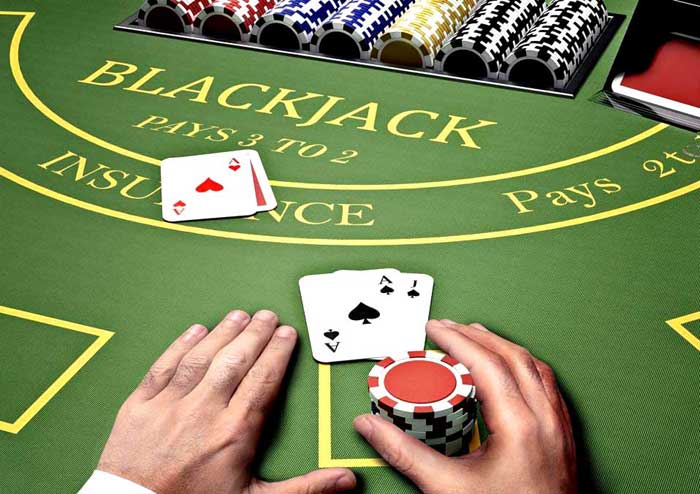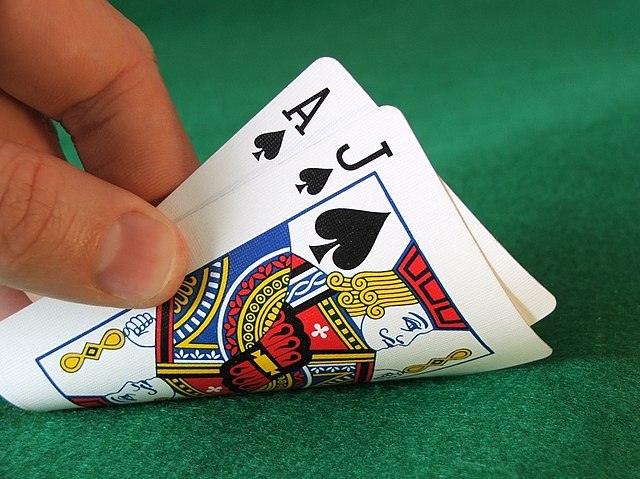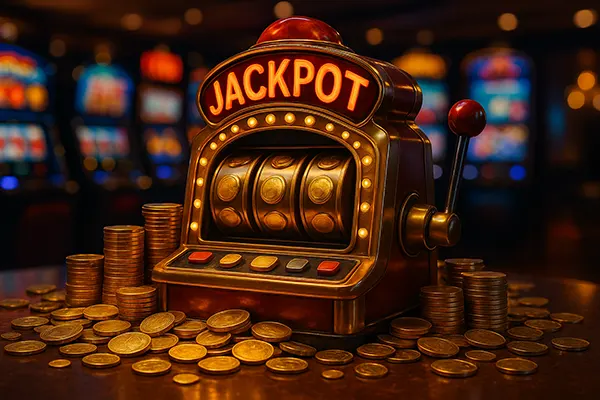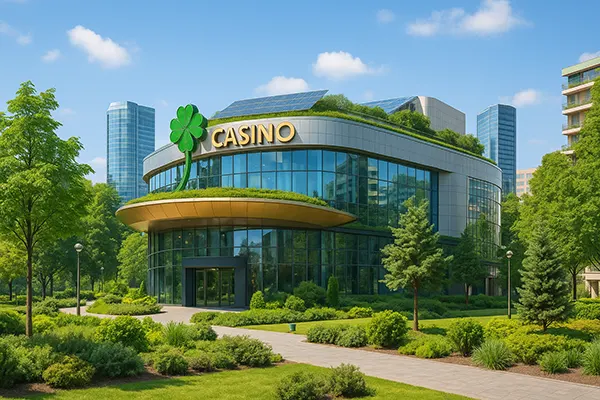
Mastering the Table: An In-depth Blackjack Guide
Blackjack, often dubbed ’21’, is a timeless card game that seamlessly blends skill with luck. While its basic rules are simple enough for anyone to understand, mastering the art of blackjack can provide an edge that could tilt the odds in your favor. Let’s delve deep into the game’s nuances and strategies.
Blackjack Basics: Getting Started
The primary objective in blackjack is to have a hand total closest to 21 without going over, while simultaneously beating the dealer’s hand. Players are dealt two cards, with the option to ‘hit’ (take another card) or ‘stand’ (stick with the current hand).
Card values are straightforward: numbers 2-10 are taken at face value, face cards (King, Queen, Jack) are worth 10, and Aces can be 1 or 11, depending on what’s favorable for the hand.
Winning hands pay 1:1, but landing a blackjack—a 10-value card and an Ace—fetches a higher payout, typically 3:2.
Decoding the Dealer’s Moves
Understanding the dealer’s actions can provide valuable insights into your own gameplay. By rule, the dealer cannot make decisions based on intuition or strategy; they follow set rules. Typically, the dealer must hit until they have at least 17.
If the dealer goes over 21, they ‘bust’, and all remaining players win. This pivotal rule can guide players on when to take risks and when to play it safe.
Basic Blackjack Strategy
While blackjack is partially a game of chance, applying strategy can significantly reduce the house edge. For starters, it’s essential to know when to hit, stand, double down, or split pairs, based on both your hand and the dealer’s upcard.
Charts and tables, widely available, can guide players on the statistically best moves in any given situation. But remember, while strategy can enhance your chances, no method guarantees consistent wins.
One foundational strategy is to always assume the dealer’s down card is a 10. While this might not always be the case, playing with this assumption can guide strategic decisions.

Advanced Play: Counting Cards
Card counting, popularized by movies and media, is a technique used to determine the likelihood of high or low-value cards appearing next. By keeping track of the ratio of high to low cards left in the deck, players can adjust their bets and actions accordingly.
It’s crucial to note that card counting isn’t illegal but is frowned upon by casinos. If caught, players can be asked to leave or barred from playing blackjack.
Several methods exist, from the basic Hi-Lo system to more complex counts. However, with many casinos using multiple decks and ‘shuffling machines’, card counting’s effectiveness has diminished over the years.
Blackjack Etiquette and Tips
Whether you’re at a physical casino or online, understanding blackjack etiquette ensures a smooth gaming experience. This includes signaling your actions clearly, being respectful to the dealer and other players, and understanding table limits.
Lastly, remember to gamble responsibly. While mastering blackjack strategy can provide an edge, the game, at its heart, remains one of chance. Always play within your limits and enjoy the thrill of the game.
Similar articles
-
 Progressive Jackpots Explained: ...
Progressive Jackpots Explained: ...Progressive jackpots remain one of the most dynamic features in modern gambling. These …
-
 Casino Game Design: Why Specific...
Casino Game Design: Why Specific...The modern approach to casino game design is built on psychology, visual communication, …
-
 Ecology of the Gambling Industry...
Ecology of the Gambling Industry...The gambling industry continues to expand globally, influencing economies, cities, and local communities. …
-
 The Near-Miss Effect: Why Losing...
The Near-Miss Effect: Why Losing...The psychology of gambling has long fascinated researchers, and one of the most …
